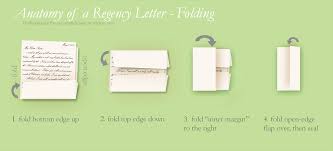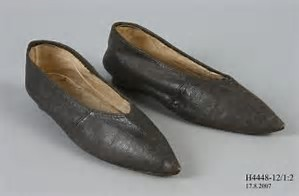A lovely review of The Marriage List!!
About the Book:

Title: The Marriage List
Author: Ella Quinn
Series: The Worthingtons #8
Publication Date: December 27, 2022
Publisher: Kensington Books
Synopsis: As part of a large, rambunctious family, Lady Eleanor Carpenter has gained some knowledge of what makes a successful marriage. She’s even compiled a list of essential qualifications in a potential husband. John, the Marquis of Montagu, seems of good character (check), with money enough to support a family (check). But what of the many other requirements on her list?
Montagu, meanwhile, believes the key to a comfortable life lies in marrying someone quiet and docile. Yet the one lady who captivates him could hardly be more different to what he envisioned. Lady Eleanor is as opinionated as she is lovely, determined to improve working conditions for coal miners, even at risk to her own safety.
From evenings at Almack’s to carriage rides in Hyde Park…
View original post 580 more words














